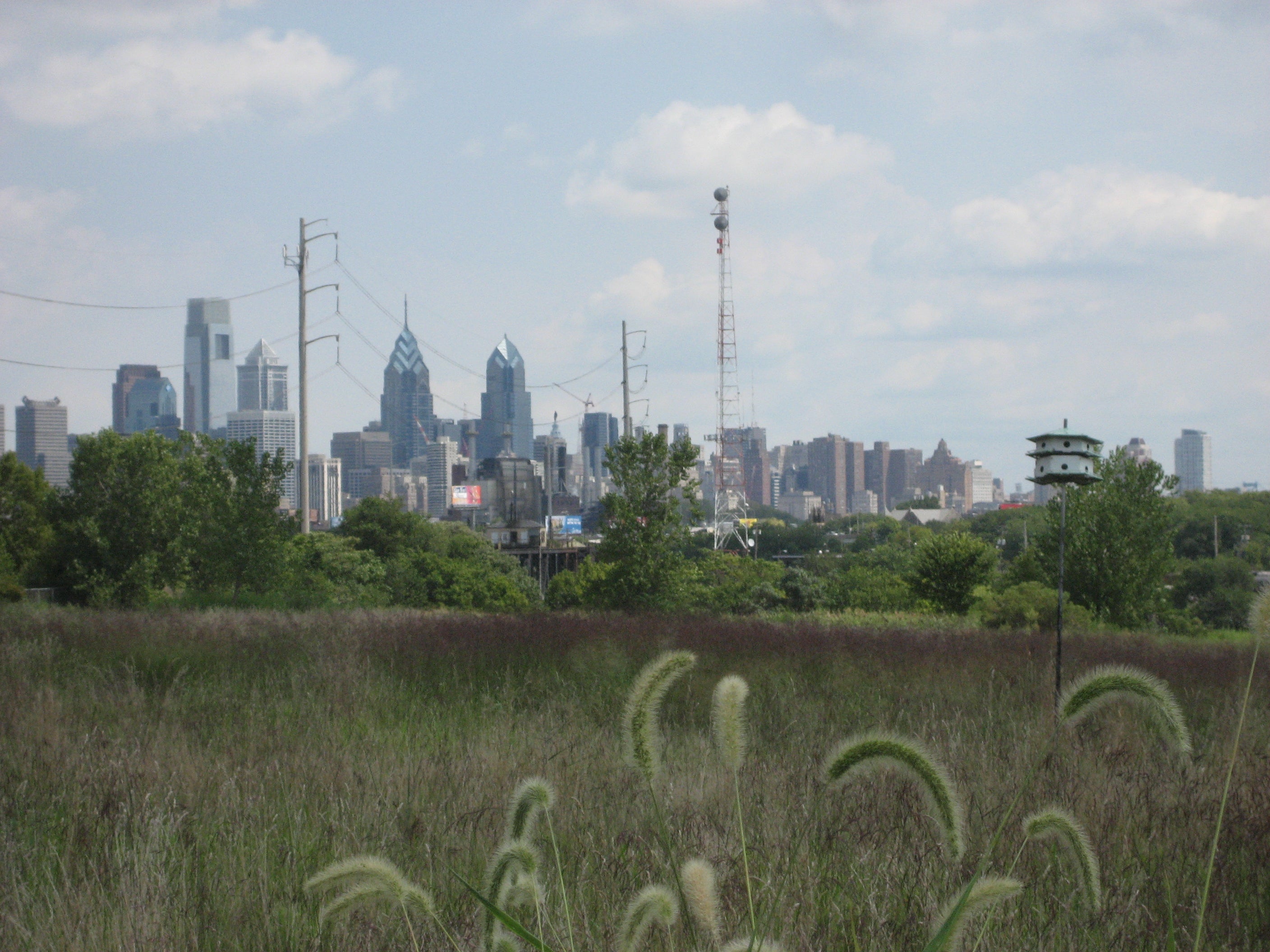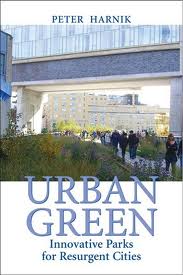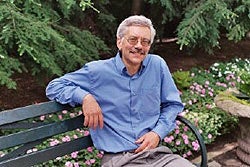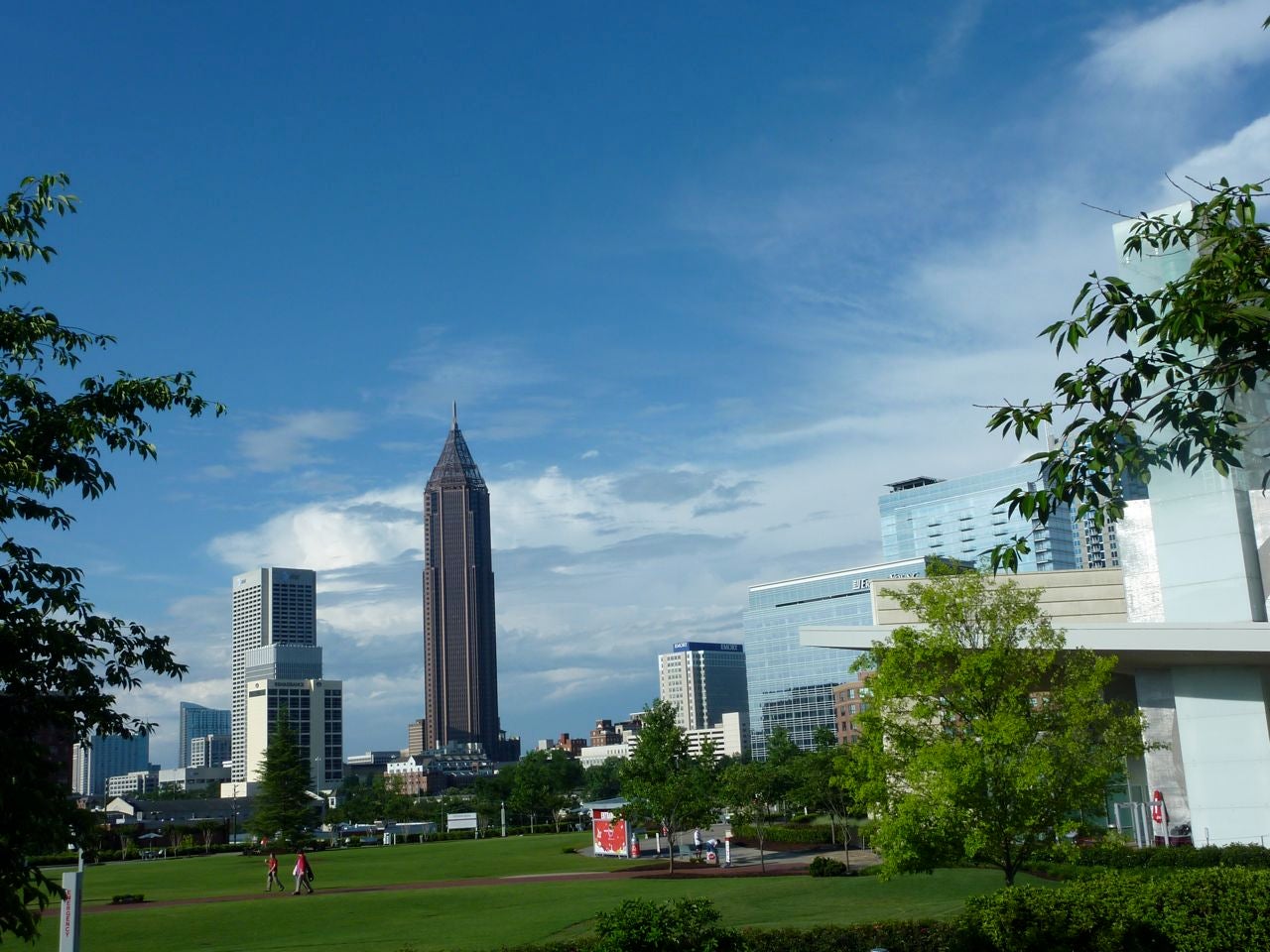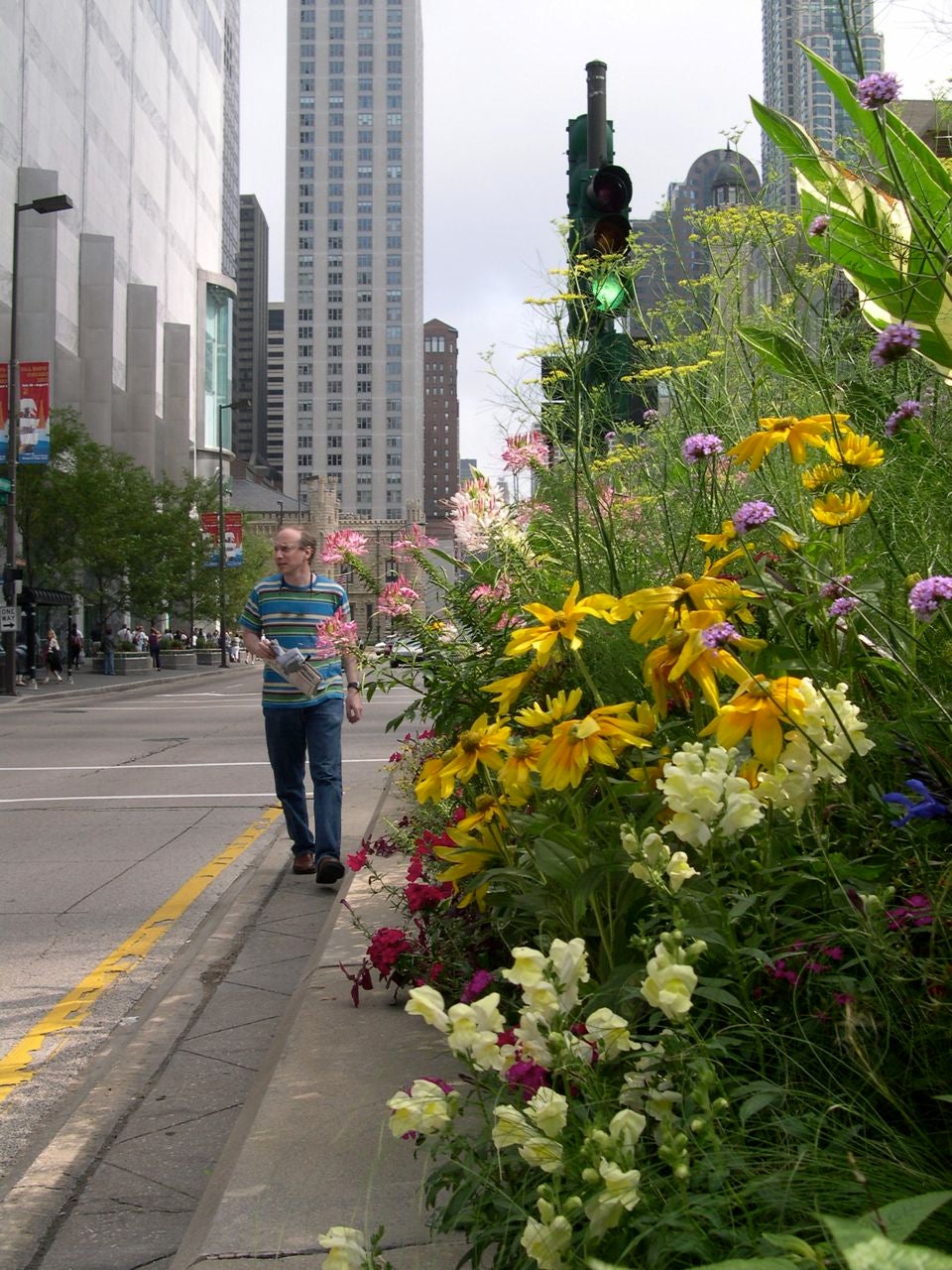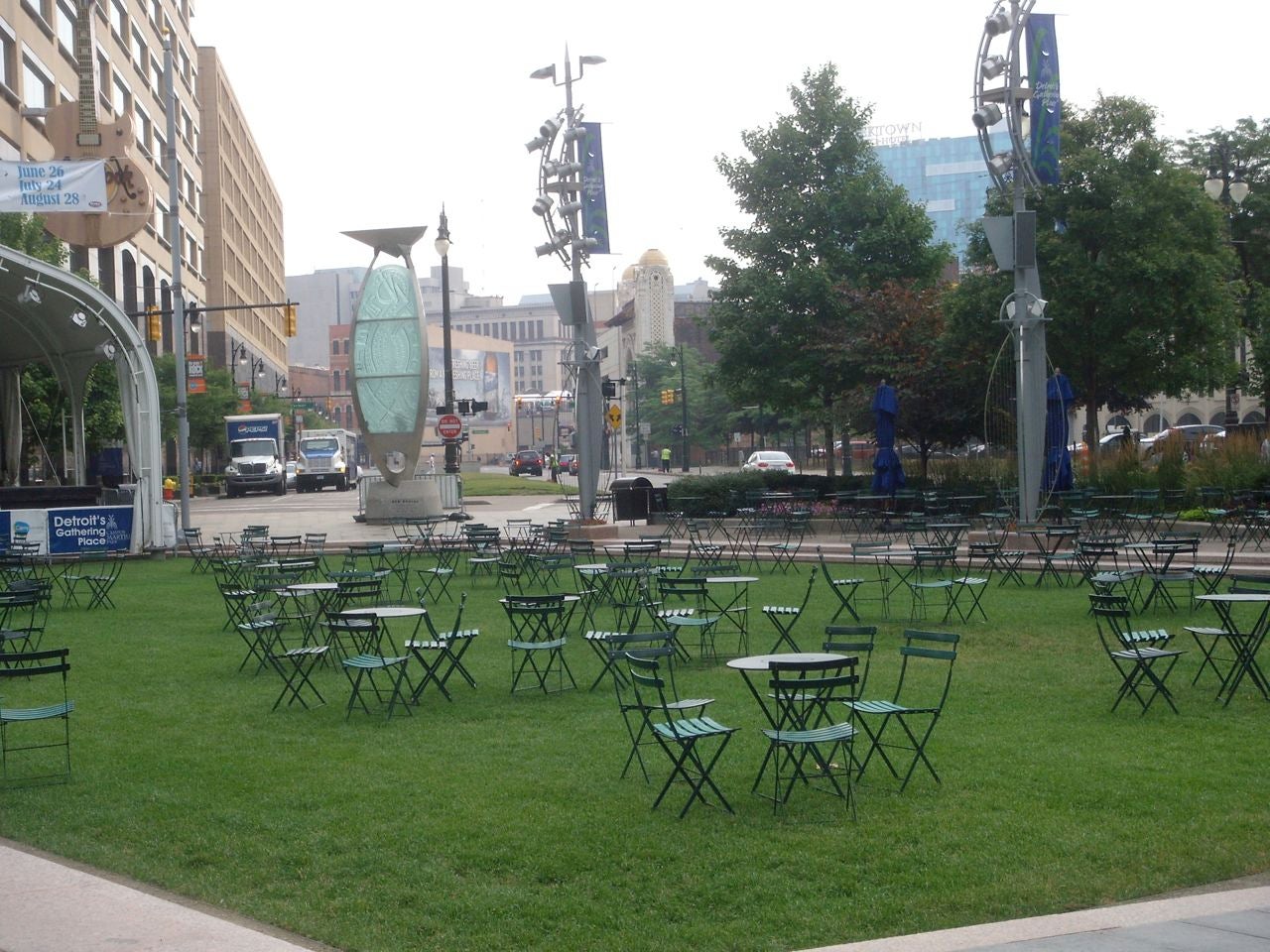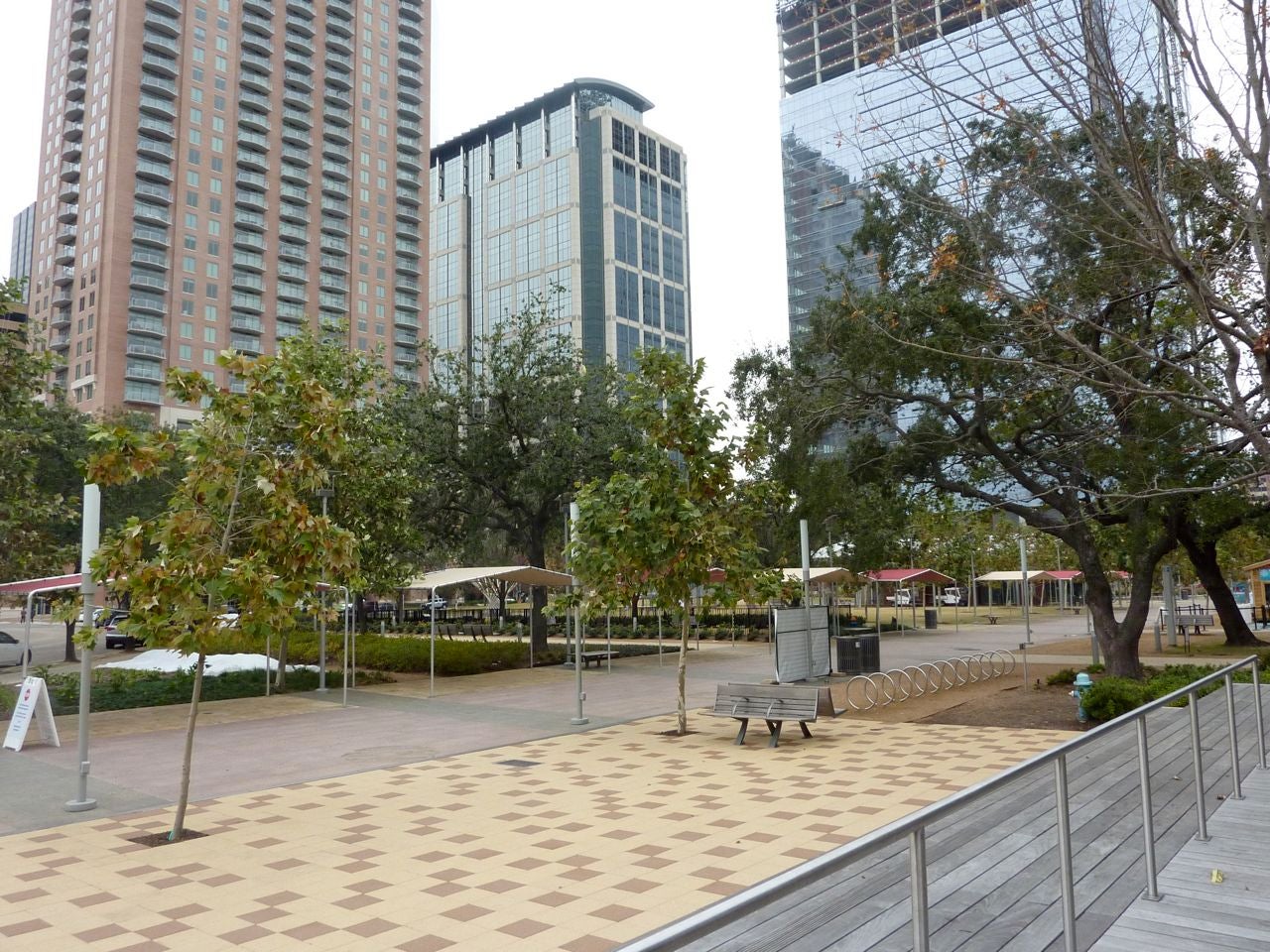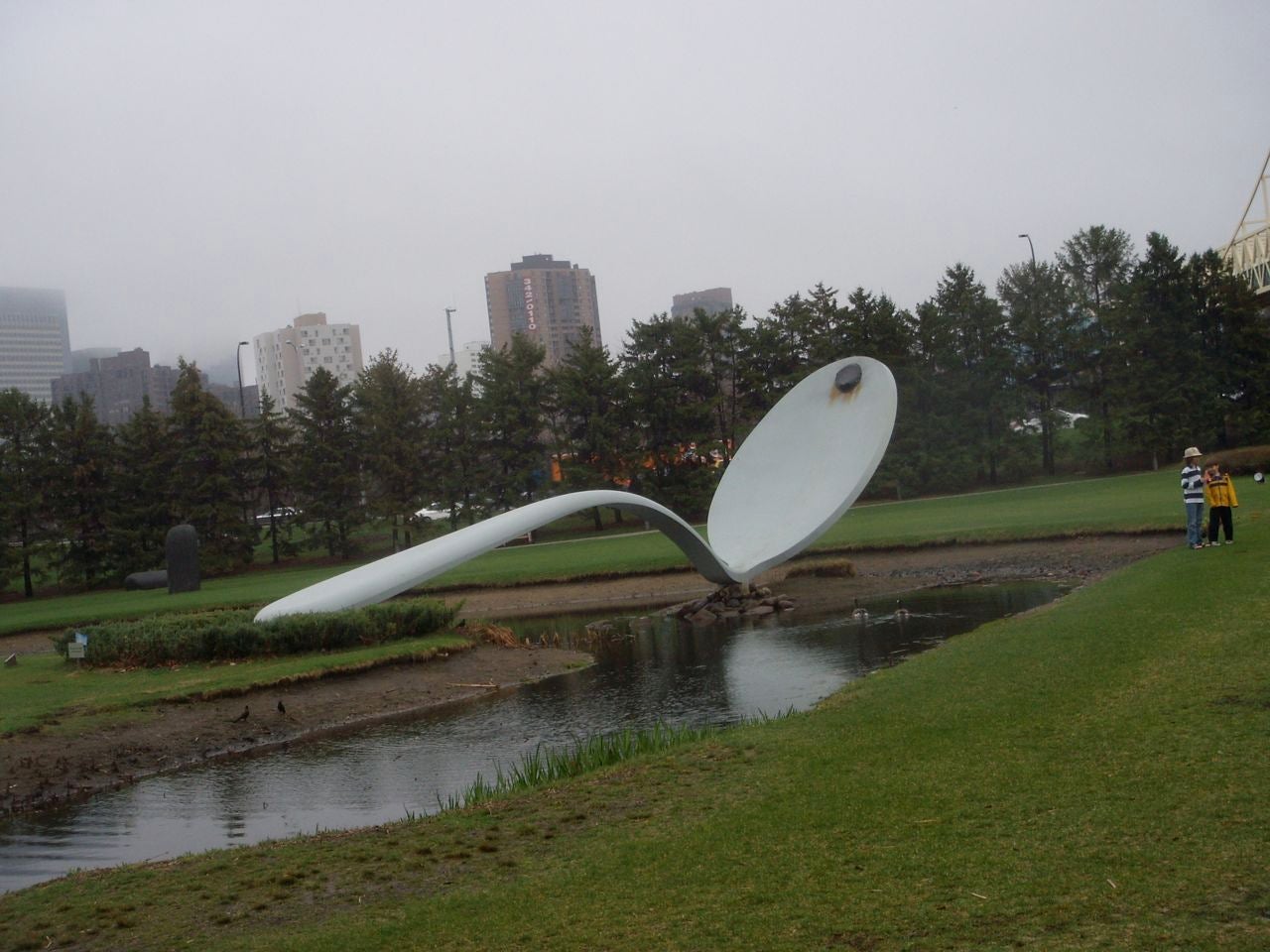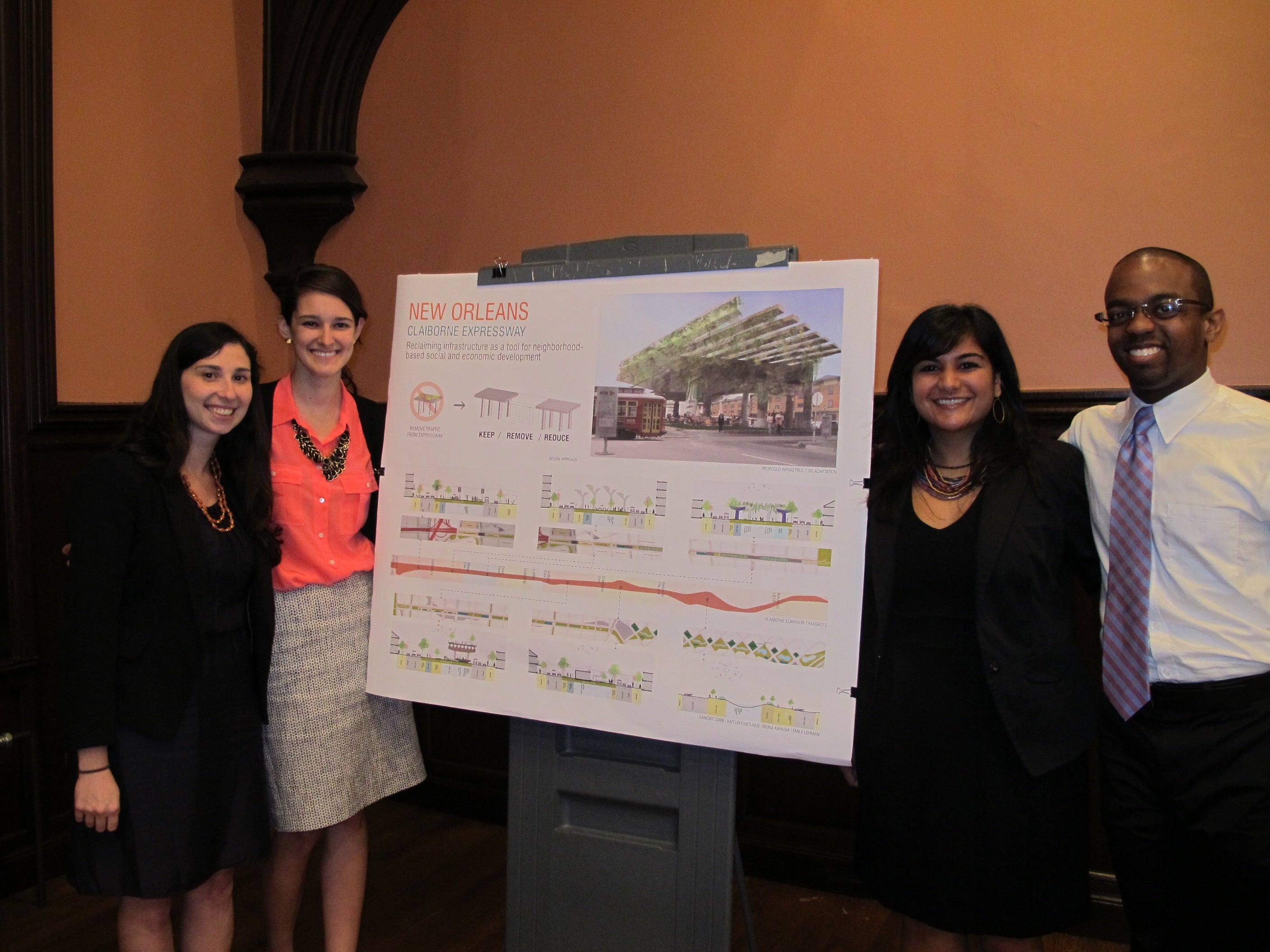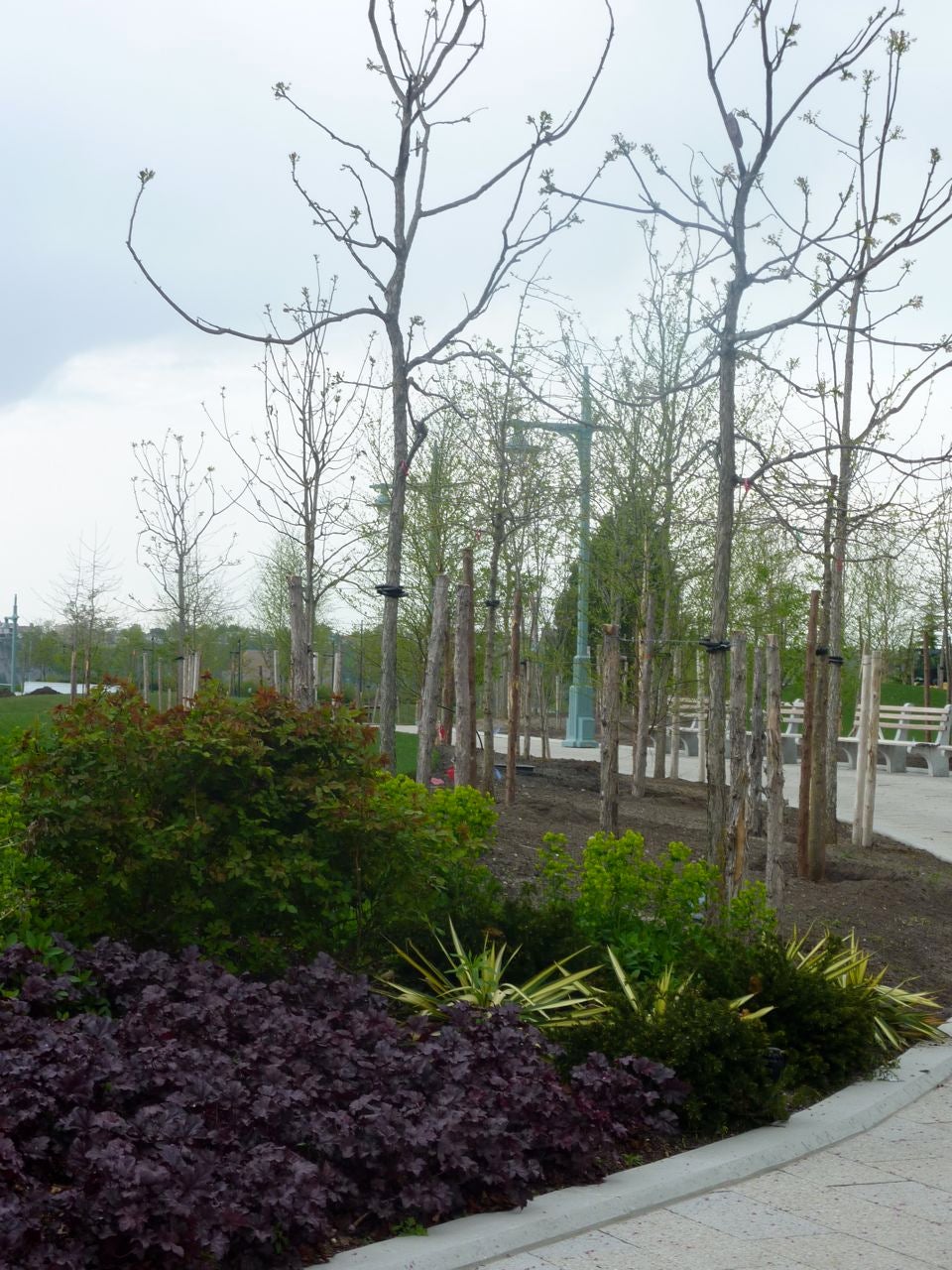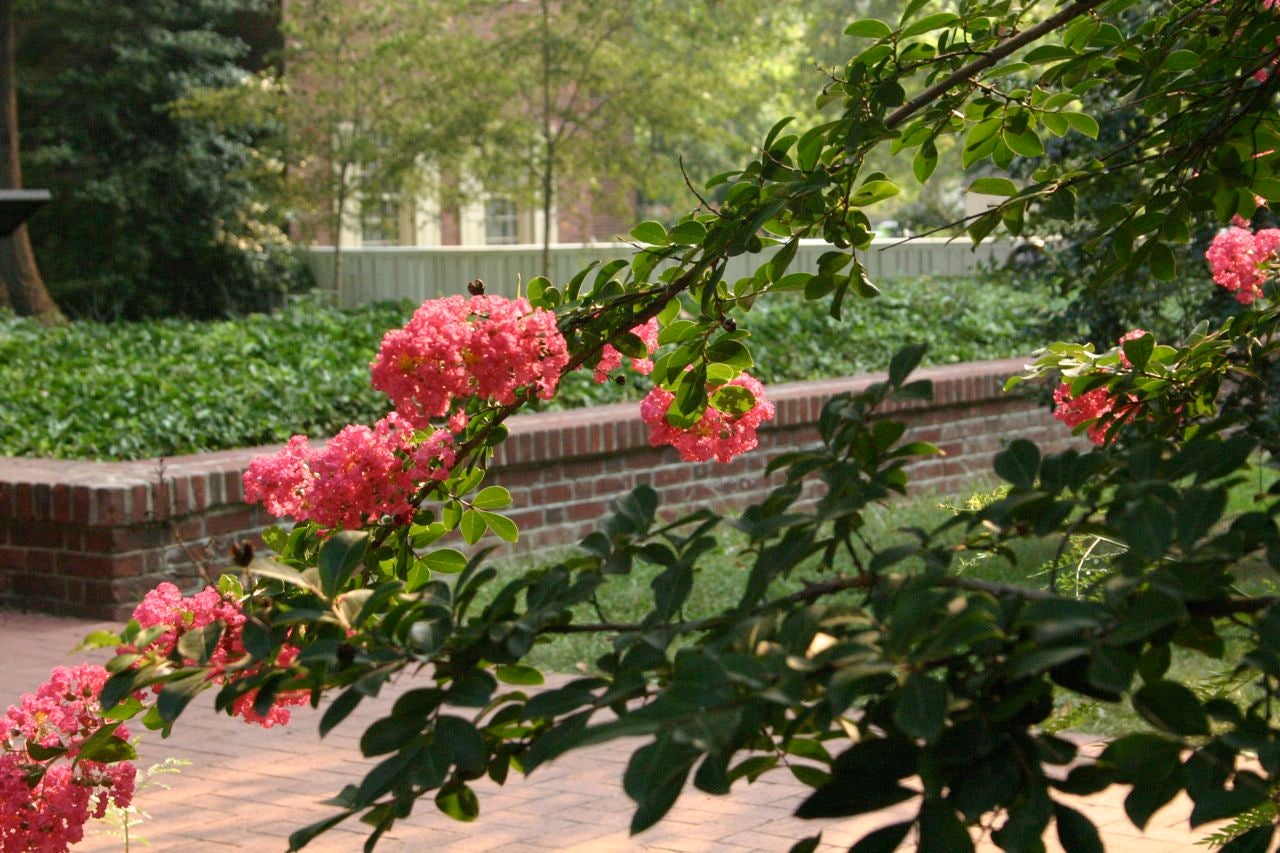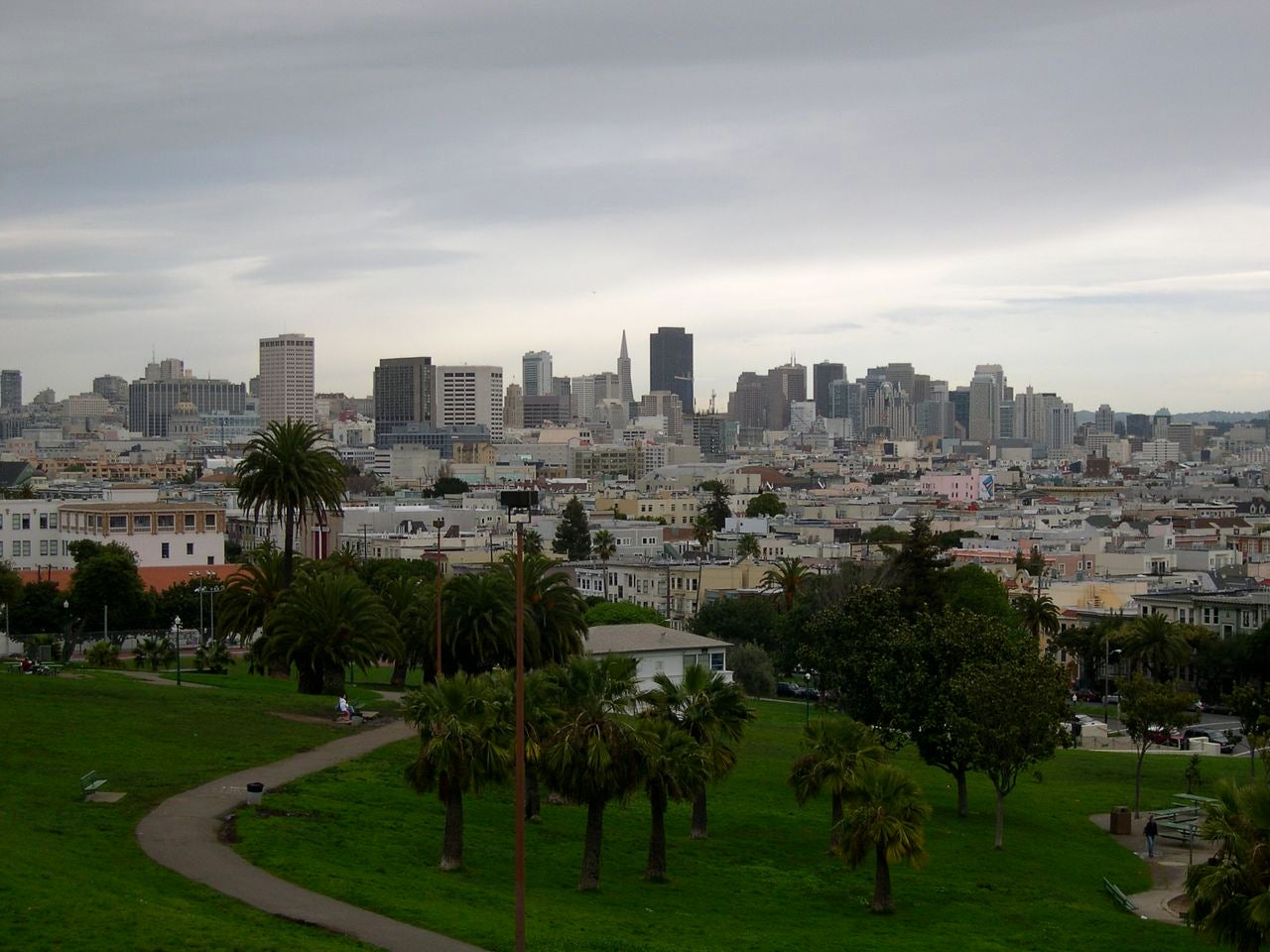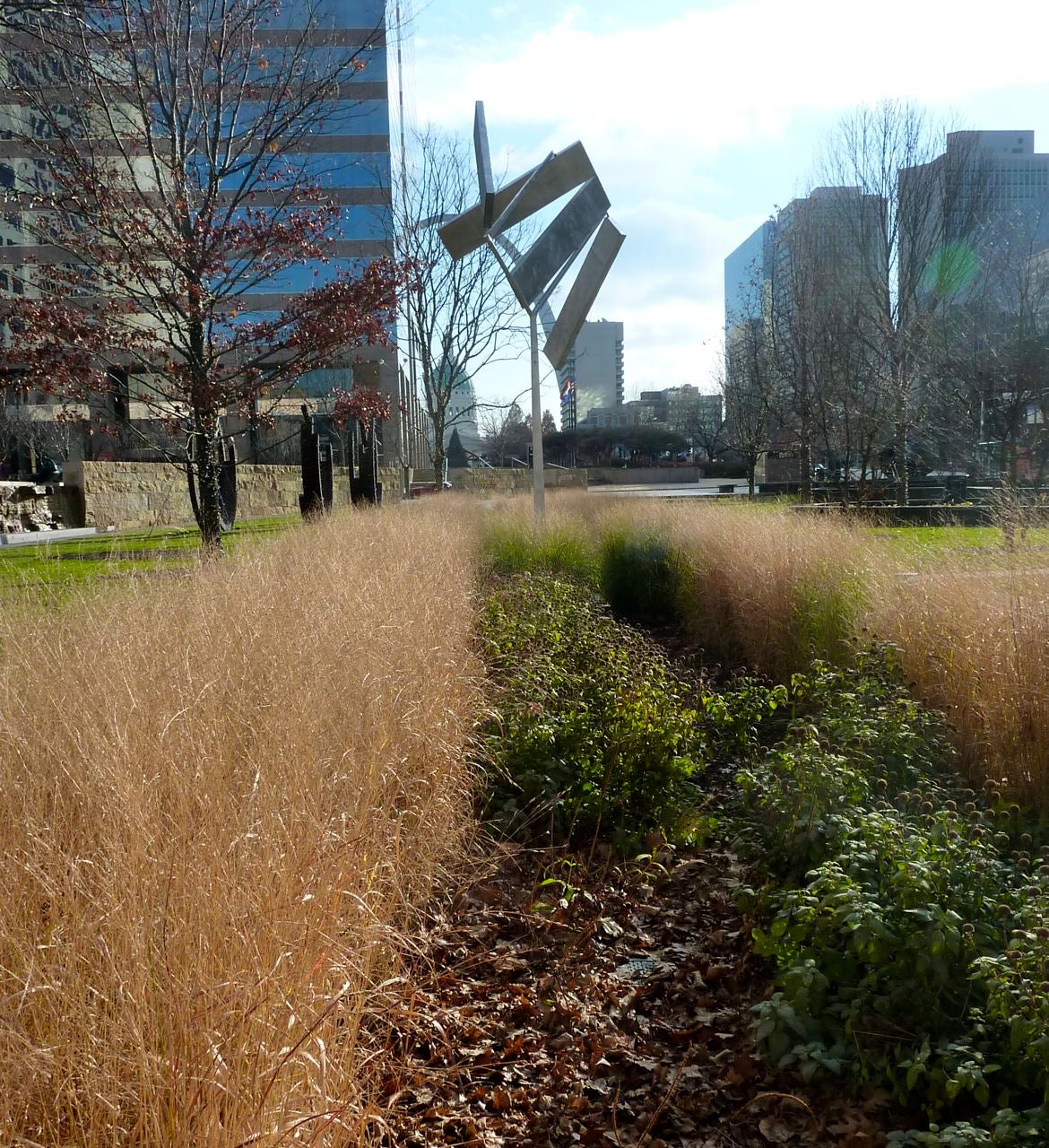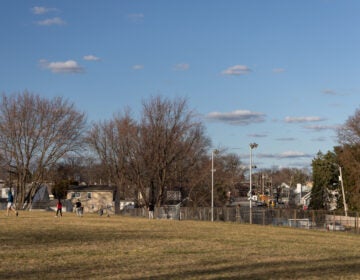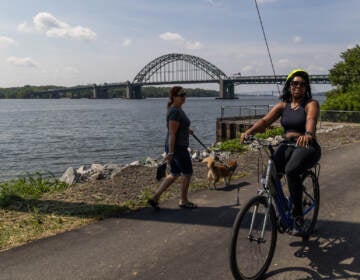Peter Harnik on “Innovative Parks for Resurgent Cities” and their applications for Philadelphia.
Peter Harnik, the director of the Center for City Park Excellence at the Trust for Public Land, comes to Philadelphia next Monday to talk about Green 2015, the action plan to introduce 500 new acres of parkland to Philadelphia.
To prepare, PlanPhilly spoke with Harnik about the ideas he covers in his new book, Urban Green: Innovative Parks for Resurgent Cities, and the reasons why we need to look beyond numbers.
Here’s the Q&A:
• To me, it doesn’t always make sense for cities to compare their park space per capita numbers. What’s the point?
If we were operating in a perfect SIM City environment, or were planning a city from scratch, like William Penn did, then you could theoretically put in the “perfect” amount of parkland. But the reality of all these cities is they have so many cultural, historical, geographical, demographical differences — so it isn’t really all that meaningful to simply sit back and say ‘here’s what the maps show us in terms of the amount of parkland we have, and here’s what planners tell us we need, and here’s the gap we need to fill. Philadelphia has all these narrow streets, while Washington, D.C. has wide boulevards, Atlanta has no water boundaries, while New York City is super-conscribed by waterways.
• So what should the conversation really cover, then?
The conversation has to be about what and why a city wants in terms of parkland and open space. Of course, it’s tremendously interesting and useful to know what other cities have. But ultimately it has to be a nuanced discussion that remembers that a). all cities are different and b). that planners are not capable of solving the problem by just throwing a number of desired acreage out there.
• If it’s not a comparative numbers game, then what are some good indicators that a city is under-parked?
Oh, there are lots. Those of us who are looking at this over and over again are giving cities as many tips and hints and observations as possible. Are parks overcrowded? Are they too far to get to? Do certain neighborhoods have a large amount of children but not enough parks? Are developers missing out on the added value of adding park to their projects? Are waterways being polluted by runoff because there’s no ribbon of green space along them? So, there are environmental factors, there’s human factors, there’s economic development factors.
• But, of course, numbers count, too, and you talk about ways of measuring — from acres to facilities to distance — whether or not a city offers enough green space.
Yes, but, again those numbers can be almost ethereal. There are cities with relatively less parkland that really make the best possible use of what they have, with the right kind of land in the right places that is well maintained and well used. That’s a successful park system. Minneapolis seems to get more bang for its buck, for example. It has a lot of parkland relative to its size, but there are others that have more on a per capita basis. However, it has well-designed parkland in good locations, so people get more valuable out of it. And, yet it doesn’t really have a d/t park, so right now their citywide leadership is thinking about investing significant money into getting one.
• Talking about downtown parks, specifically, how do we reconcile the idea of open space with desirable density? Is there such a thing as too much open space, at least downtown?
This is very, very tough, it really gets down to feet and inches in many cases. Are you putting in some usable green space as opposed to just ornamental space that doesn’t have a bench? There’s too much of that in a place like Washington, where we’ve got a lot of green breathing space but it’s not really usable for much other than eye candy and mostly for drivers. Where you add park space needs very careful thinking through. I also think the flip side of your question needs consideration. I feel that places like Fairmount Park or Rock Creek Park in Washington, don’t have enough density around them. You have to get there, and it’s not easy to get there. These parks are not that well-served by transit and so the flip side of saying how do you squeeze more green space in among the density is how do you squeeze a little more density among the green space. I think that’s a conversation. It’s what makes Boston Common or Rittenhouse Square work so well.
• Right. And even Central Park, which can rely on an even greater swell of development than these two, still allows the user to rent bikes, find food, paddle boats, ice skate, etc.
Exactly. And I know some of these things exist in Fairmount Park, but there’s not as great a sense that they’re widely available and easy to locate.
• Once a city has determined that it needs more parkland, there are a lot of adaptive reuse strategies for finding the space. That’s a central premise of your book, where you cite examples that range from cemeteries to decked highways. What might work best for Philadelphia?
Well, for Philly, number one certainly might be taking better advantage of any abandoned railroad corridors, or putting trails along existing rail corridors. Most railroad corridors look like hell and passengers just kind of shield their eyes from the horrible site of all of those tires and garbage along the route.
• Green 2015 has that covered. Any other good ideas for Philadelphia?
The rivers might be number two, I’d say. One has definitely become more and more park-oriented, while the other needs work. And how about parks on roofs of buildings like the new casino or convention center (expansion)? This is still a very new idea, so Philly would be ahead of the curve.
• Yes, we have a few green roofs, but they’re not really open to the public for a stroll. And the redesign of Independence Mall does feature a buried parking lot that’s covered with a grass field.
Is there? Well, that’s more common, there are about 20 in the country. It’s certainly a good start, and good practice to make sure they’re constructed right, but I’m talking about something else, really.
• You also talk about adding hours — instead of acres — as a strategy. What’s the idea there?
Well, there are two facets to this idea. One is a lighting dimension, so park use can extend into dark times. The other is the notion of putting in artificial surfaces so hours of use for each field can be extended, without losing down time to resting the surface, re-sodding it. Of course, these come with their own issues. But listen anything that was easy would already be happening.
• In general, though, how does Philadelphia — I hate to use the phrase “measure up’ — fare as far as parkland?
I think Philadelphia has quite a bit of parkland in relation to the size of the city, but I don’t think it’s necessarily in the right places. And, it might not be up to the quality everyone would want.
• That’s for sure. So, how important is a commitment to take care of the new park spaces, especially when cities are strapped to care of what they have?
The key to a successful park culture in a city is sort of three hands clapping. A good parks department, a good parks advocacy community, and a good parks fundraising community. And Philadelphia is fortunate on all counts. The park management is improving because of the restructuring, and the Mayor’s commitment. The parks advocacy community, in formal organizations like the Philadelphia Parks Alliance and the Pennsylvania Horticulture Society, but also in the tremendous and very impressive number of local friends groups, is a real asset and calling card. And the fundraising sector, in everything from the Fairmount Park Conservancy to philanthropies like the William Penn Foundation, is set. All of the ingredients are there. But the details of who handles what need to be ironed out and the relationships need to be transparent as possible and with high levels of communication.
• Ok, so maybe we can get the tending part down. What about ensuring that parks are well-used?
Programming is a big piece of that, as is marketing to an extent. I spent a lot of time in my book about what parks are in competition with. The problem is that we’ve got private enterprise creating one whole set of private gyms and movies and video games, and then we have a public sector that is there to provide people with amenities but who don’t have many financial incentives to make these amenities the best possible, most exciting, most glamorous opportunity for the user to take advantage of.
• In what sense?
Well, I mean, many of our strongest parks advocates don’t necessarily want anyone else in the parks with them! It’s very nice to be alone in a park under certain circumstances, right? And so, they can be of two minds about whether they want the heavy usage. It’s a philosophical conundrum because in the capitalist free market system, you’re shooting for increased sales. In the public marketplace, on the other hand, it’s a little unclear about what exactly you’re shooting for.
• So is deciding exactly why you’re looking to add open space the first order of, if you’ll pardon the pun, business?
That’s right on … that’s exactly right. I wouldn’t particularly want to see that as the headline, though. The headline is, let’s say, we want a ‘Central Park,’ or a trail connecting two rivers, or a flower garden down the main street, or a trail along the river. Answer the question of what you want first. Then consider the practical questions: how much land, what’s the timeline, what will it cost? But to just put the acreage first, without answering the question of what you want, why, and how you will go about accomplishing it, is not the right approach. It’s just not. It’s like saying, I want 200 pieces of clothing in my closet, instead of saying I need two new pairs of shoes, three pairs of new pants, whatever.
Don’t miss the presentation: Hiding in Plain Sight: Finding the City’s New Green Spaces on Monday, January 31st, 2011
at the Academy of Natural Sciences, 6:00 p.m: Reception, 6:30 – 8:00 p.m.
Contact the reporter at jgreco@planphilly.com
WHYY is your source for fact-based, in-depth journalism and information. As a nonprofit organization, we rely on financial support from readers like you. Please give today.



